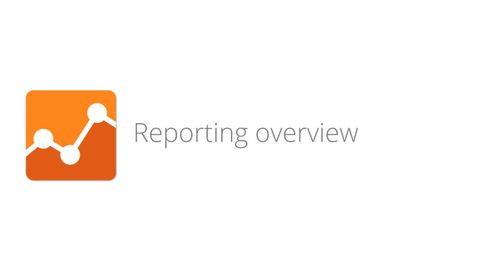
字幕與單字
數字分析基礎--第5.1課 報告概述 (Digital Analytics Fundamentals - Lesson 5.1 Reporting overview)
00
小小佩娟 發佈於 2021 年 01 月 14 日收藏
影片單字
show
US /ʃo/
・
UK /ʃəʊ/
- v.t./i.顯眼;容易看到(或注意到);表達;表現;顯示,展示;(透過演示、示範)解釋;說明;給...帶路;帶領;證明(某事);給...看
- n.出洋相;展覽;表演,展出;演出;節目
A1 初級初級英檢
更多 使用能量
解鎖所有單字
解鎖發音、解釋及篩選功能
